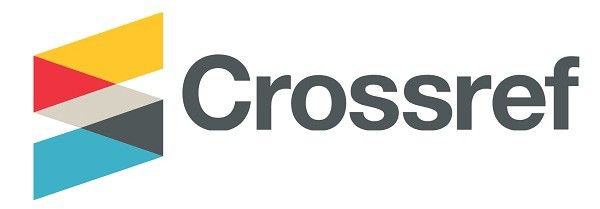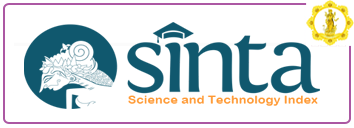Pemikiran Tokoh Pendidikan dalam Buku Lifelong Learning: Policies, Practices, and Programs (Perspektif Peningkatan Mutu Pendidikan di Indonesia)
DOI:
https://doi.org/10.25078/jpm.v2i2.71Keywords:
Education Figures, Developing Education QualityAbstract
The substances of the views of the some figures depicted in the Lifelong Learning Policies, Practices, And Programs, especially the ones found on Chapter 11 to 15 mostly describe the relation between the school education, families, and society. They are in accordance with the Indonesian Government Regulation No20/2003 on the national system of Indonesian education that regulate its informal, formal and nonformal sectors. The least attended nonformal one has actually equal charge, namely providing the best education to the society.
Downloads
References
Ainsworth,. M. D. S.b Blchar. M. C.. Walthers, E. & Wall, S. (I97B). Patterns of Attacbment: A Psychological Study of the Strange Situation, Hillsdale. NJ: Erlbaum.
Advisory Council for Adult and Continuing Eduction ( 1983). Continuing Education from Policies to Practice In M Tight {Ed). Qpprortunities for adult Education. Kent: Biddles Limited.
Association for the Study of Confucianism, Shanxi Province. (Ed.).(l988) A Compendium of Assays on the Study of Confucian thought. Taiyuan. Shanxi, China: Shanxi Renmin Chubanshe
Ball,C. (1993). Lifelong Learningand The School Curriculum. Paris: OECD/CERI
Bedcr.H.W(I98l). Adult Education Should not Require Support from Learner Fees. .ln B. W Kreitlon (Ed). Examining Controversies in Continuing Education. San Francisco: Jossey-Bass.
Campbell, D. (1992). Parents and Schools Working for Student Succes. NASSP Bulletin 1.9
Chapman,J.D. & Aspin,D.N. (in press). The School, The Community and Lifelong Learning, London: Cassell.
Chukyoshin. (1996). First Report of 15th Session of the Central Council for Education: A tnodel for tlft nation’s Education in the 2 1st Century — Zest for Living and Peace of Mind. (Translation). Tokyo: Monbusho
Delors,J. (1996). Learning: The Treasure Within. Paris: UNESCO
Goldthorpe,J.H, Liecywcltyn, C.M. Payne, C. (1980). Social Mobility and Class Struc¬ture in Modern Britain. Oxford: Clarendon Press.
Kimura, L.L. & 'Aha Punana Leo. (1987). The Hawailan Language and its Revitalization . In F Ahcnakcw & S. Fredeen (Eds), Our Languages, our Survival: Proceedings of the Seventh Native American Languages Issues (pp. Il7-l23). Saskatoon: Saskatchewan Indian Languages Institute.
Monbusho. (1996). Japanese Government Policies in Eduction, Science and Culture 1996: Tasks and & Prospects for a Lifelong learning Society: (Translation). Tokyo: Author.
Morin. R., & Balz D. (1996, January’ 28). Americans Losing trust in each oibcr and institutions, Washington Post. A1,A6 & A7.
Watt.Y H.W. (1994). Motivation of Adult Learnes:Astudy of Student in the Open Learning Institue of Hong Kong, With Policy Implications. Unpublished Mas¬ter's Thesis. City Universiiy of Hong Kong. Hong Kong.
Ycc. A. H. (1989) Cross-cultural Perspectives on Higher Education in East Asia: Psychological effects upon Asian students. Journal nf Multilingual and Multicultural Development, 10 (3), 213-232









